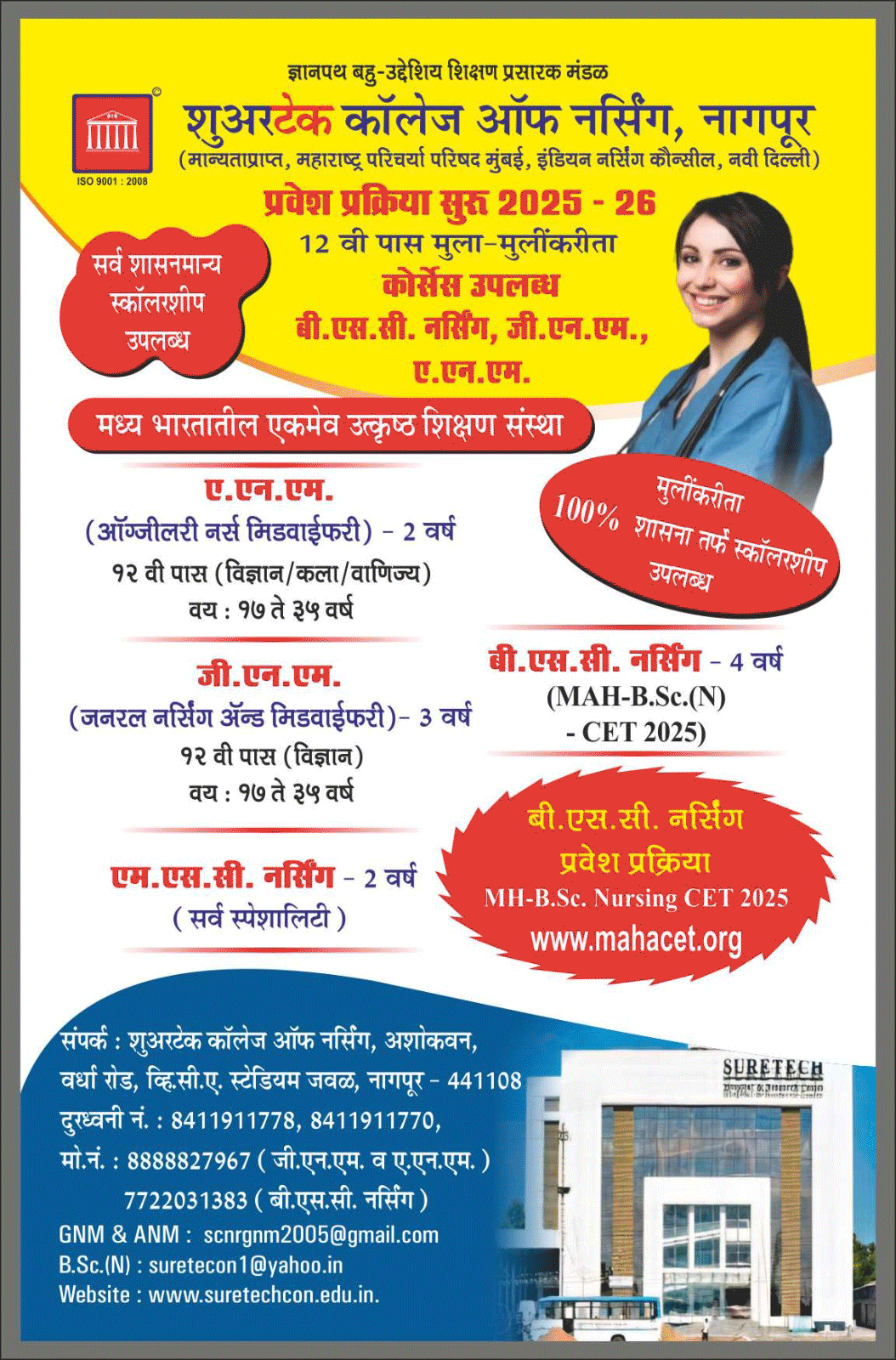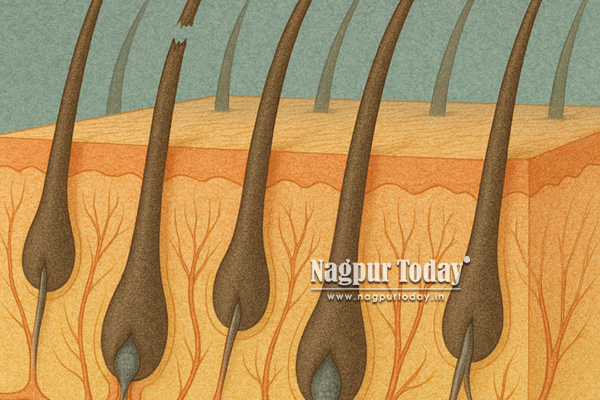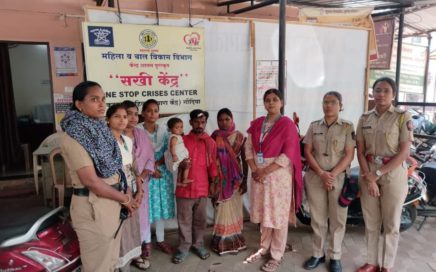With so many hair fall treatments making big promises, it’s natural to feel skeptical. Every brand claims to have the solution, yet many people end up disappointed after spending time and money. Against this backdrop, Traya has been getting noticed for its multi-science approach to hair fall treatment. But people rightly ask: is Traya fake or real? It’s a fair question. Let’s examine this closely, looking at what Traya offers, how its system works, and what separates it from typical products that fail to deliver.
Why the Doubt Exists
Hair fall is an emotional concern. When people invest in a product and don’t see results, frustration builds. Unfortunately, the market is filled with treatments that oversimplify the problem, focusing only on cosmetic changes or making unrealistic claims of overnight success.
This environment naturally makes users cautious. Traya’s approach sounds comprehensive — combining dermatology, Ayurveda, and nutrition, but does it actually have substance behind the marketing? Let’s break it down.
Understanding Traya’s Foundation
Traya is built on the understanding that hair fall is multi-dimensional. Instead of focusing on just one angle, like shampoos or oils, it targets several causes at once. Their method begins with personalisation:
- Users first complete a detailed health and lifestyle questionnaire.
- Based on these responses, Traya’s medical team — including dermatologists, nutritionists, and Ayurvedic practitioners — builds a custom plan.
- The plan combines prescription treatments, herbal support, and nutritional supplementation.
This isn’t the usual “one bottle fits all” approach. Traya builds the treatment plan around the individual, making it structured rather than generic.
The Three Pillars of Traya’s Treatment
To understand if Traya is real or not, we need to look at the components of the treatment and check if they have scientific merit.
- Dermatology
- Hair fall linked to hormonal factors, especially DHT (dihydrotestosterone), is addressed using prescription topical solutions.
- These treatments aim to slow down follicle miniaturisation, helping preserve and strengthen existing hair.
- Scalp conditions like dandruff or inflammation, which can block growth, are also managed.
This part of the treatment is supervised by dermatologists, adding medical credibility.
- Ayurveda
- Ayurvedic herbs like Ashwagandha and Bhringraj are included to manage internal balance.
- Ashwagandha helps control cortisol levels, which rise under stress and can trigger hair shedding.
- Bhringraj supports blood flow to the scalp and cools internal body heat (Pitta), traditionally linked to hair thinning.
- Triphala aids digestion, ensuring that nutrients are properly absorbed.
Ayurveda brings a layer of internal support that works alongside medical treatments.
- Nutrition
- Traya includes targeted supplementation based on personal deficiencies.
- Iron, vitamin D, zinc, and biotin are commonly prescribed to strengthen hair from within.
- In select plans, probiotics support gut health, which improves how well the body uses nutrients.
Correcting these gaps is essential because even good topical treatments cannot succeed if the body lacks the basic building blocks for healthy hair.
What About User Experiences?
Another way to assess if Traya is fake or real is to look at actual user experiences.
People who use Traya consistently over several months report:
- Noticeable reduction in daily hair fall.
- Stronger, less brittle hair strands.
- Early signs of regrowth in thinning areas.
- Gradual improvement in hair texture and overall scalp health.
One thing that stands out is that people who treat Traya like a proper medical plan, rather than a casual cosmetic product, tend to see the most benefit. This reinforces the point that Traya is designed as a long-term, holistic system, not a quick fix.
Is Traya Transparent About Results?
An important factor in judging the credibility of any treatment is its transparency about outcomes.
Traya does not promise overnight miracles. Their team clearly communicates that hair growth follows a biological cycle and requires time. Most users are advised to follow the plan for at least 5–6 months to see visible improvements.
This honest timeline is a sign of a real system grounded in science rather than marketing hype.
Limitations Acknowledged
No treatment is perfect, and Traya does not claim to work in cases where hair follicles are permanently damaged.
- In cases of advanced baldness, where follicles have scarred or become inactive, regrowth is unlikely.
- People with severe underlying health conditions need to manage those separately, as Traya works best as part of an overall health plan.
- Users expecting fast results within weeks will likely feel disappointed if they don’t understand the natural pace of hair recovery.
The fact that Traya acknowledges these limitations instead of overselling itself adds to its credibility.
Medical Supervision Strengthens the Claim
Unlike many cosmetic treatments sold online, Traya involves actual medical supervision.
- Plans are built by doctors based on your unique profile.
- Regular follow-ups allow doctors to track progress and make adjustments.
- This involvement of medical professionals offers reassurance that the treatment is not a gimmick but a structured plan.
So, is Traya fake or real?
When you examine the components of the treatment, the process of personalisation, and the realistic claims made by the brand, it becomes clear that Traya operates on genuine scientific principles. It combines medical dermatology, time-tested Ayurvedic remedies, and essential nutritional support to tackle the multi-layered problem of hair fall. While it requires consistency and patience, it offers a real, doctor-led system designed to give your hair the best chance at recovery. In a market filled with quick fixes and exaggerated promises, Traya stands out as a credible option for those looking for a structured and honest approach to hair regrowth.
















